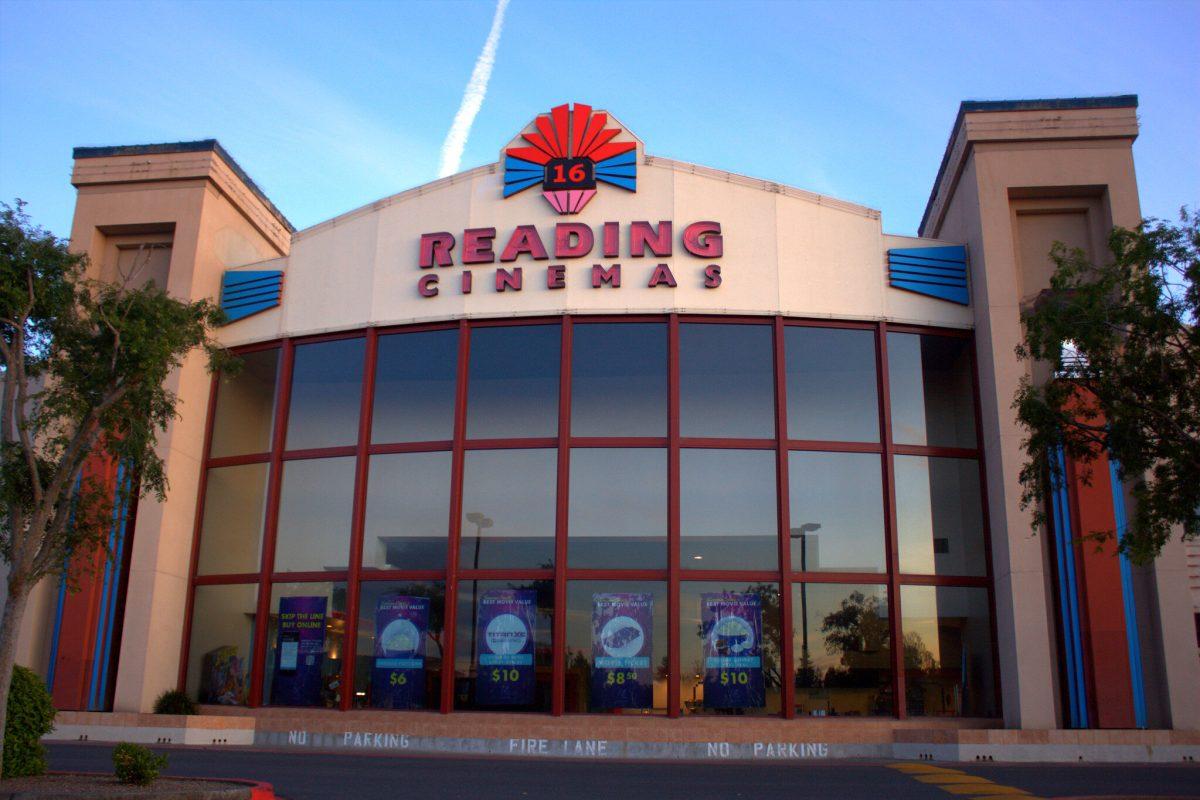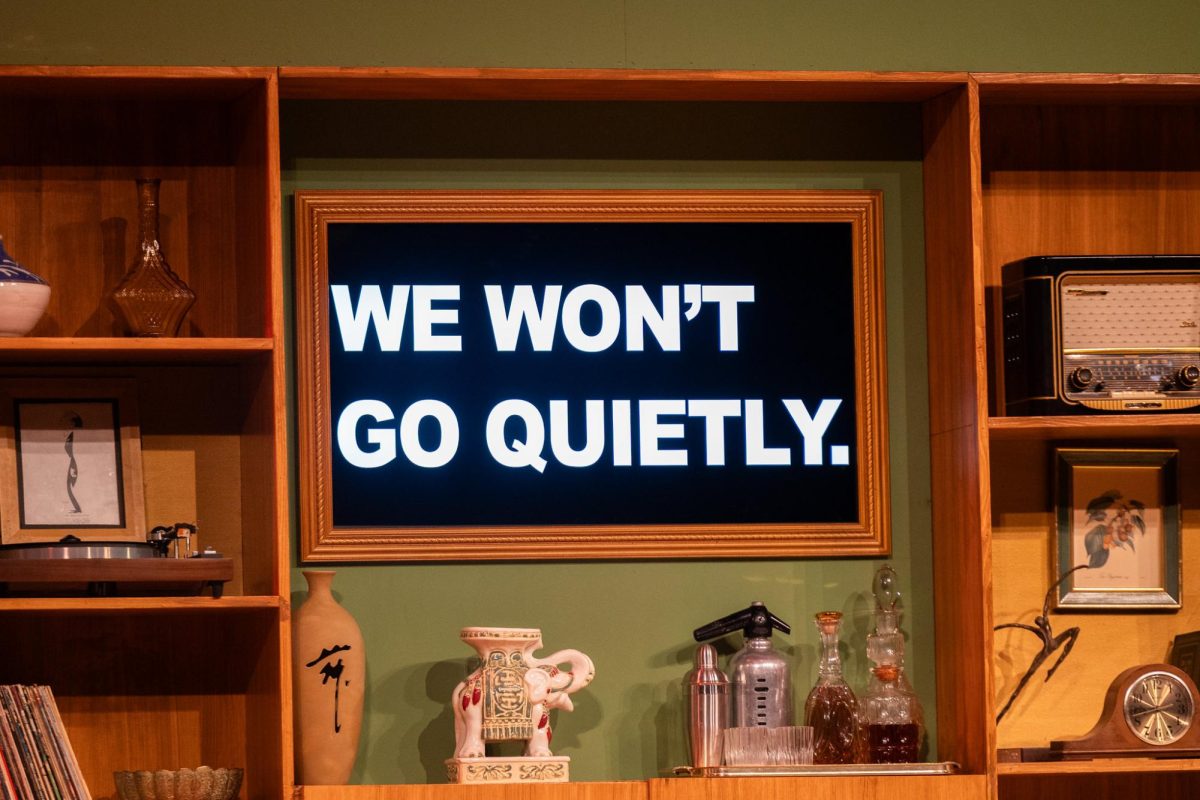Sitting down on that semi-comfortable chair with a large popcorn on one side and a large coke on the other, you are excited to see the movie that everyone has been talking about. The theater is filled with voices all waiting for the lights to go dark and for the feature film to start playing on the large silver screen.
What a time it was when people were able to go to the movies. Well, there is a good chance you may have seen your last movie at a theater, and you didn’t even know it. Ever since the global pandemic, theaters as well as many other sociable establishments have been forced to close their doors to the general public. Movie premiers have been postponed indefinitely, and the whole movie industry has been set back to an unrecoverable amount of debt.
Movie theaters were already in debt before the pandemic, due to audiences preferring popular streaming service such as Netlflix, Hulu and Disney+ over actually going to a theater, which has lead them even further below water. As coronavirus cases continue to surge throughout the nation, the theater industry is finding it extremely difficult to reopen under such circumstances.
Theaters have cut labor, asked for federal assistance, and have raised money through debt offerings. However, it is the rent and lease charges that have made cinemas waste over 10 million dollars monthly nationwide. “Most of these chains have enough money to get them through this year, but the next year is trickier,” says Eric Handler, an analyst with MKM Partners.
“The big question is how fast does attendance ramp up. They don’t want to be forced to raise more cash, because every time they do it puts a greater burden on their balance sheets. More than anything, they need theaters to reopen, and they need that to happen sooner rather than later.”
AMC ended 2019 with an estimated $5 billion in corporate borrowings and is projected to raise $500 million in new debt over the next year or so. Regal has $4 billion in debt and had to pull out of a deal to buy a Canadian chain of movie theaters, which led to more money being owed. With all this debt, it is extremely difficult to see the light at the end of the tunnel for the cinema industry.
However, this may just be the beginning of the future of film and television consumption. Streaming services are thriving in this current catastrophe, as services such as Netflix and Disney+ have seen astronomical surges in subscribers.
Over 16 million new subscribers were added to Netflix since the outbreak, double what analysts projected. Disney’s streaming service added 28 million subscribers since December of last year.
Big budget film studios such as Warner Bros. and Universal seem to be going all in on the streaming platforms, as many movies have been released online.
Universal’s “The King Of Staten Island,” starring Pete Davidson, and directed by Jud Apatow, was set to release in theaters, but released it through Amazon Prime video instead.
Could this be the new way we consume our movies? Well it all depends on the consumers. Handler went on to say, “If it turns out that consumer behavior changes and people don’t go back to theaters like they once did, studios can adjust. They can make more content for streaming services, which might even yield higher returns”.
As many things during this year, it is uncertain how the movie industry will be after this is all over. One can only hope for the best and prepare for the worst. However, as streaming becomes more and more popular, it seems as this will be the new way for Hollywood to operate. They can take away the movie theaters but they will never take away the ability for people to watch movies.



































